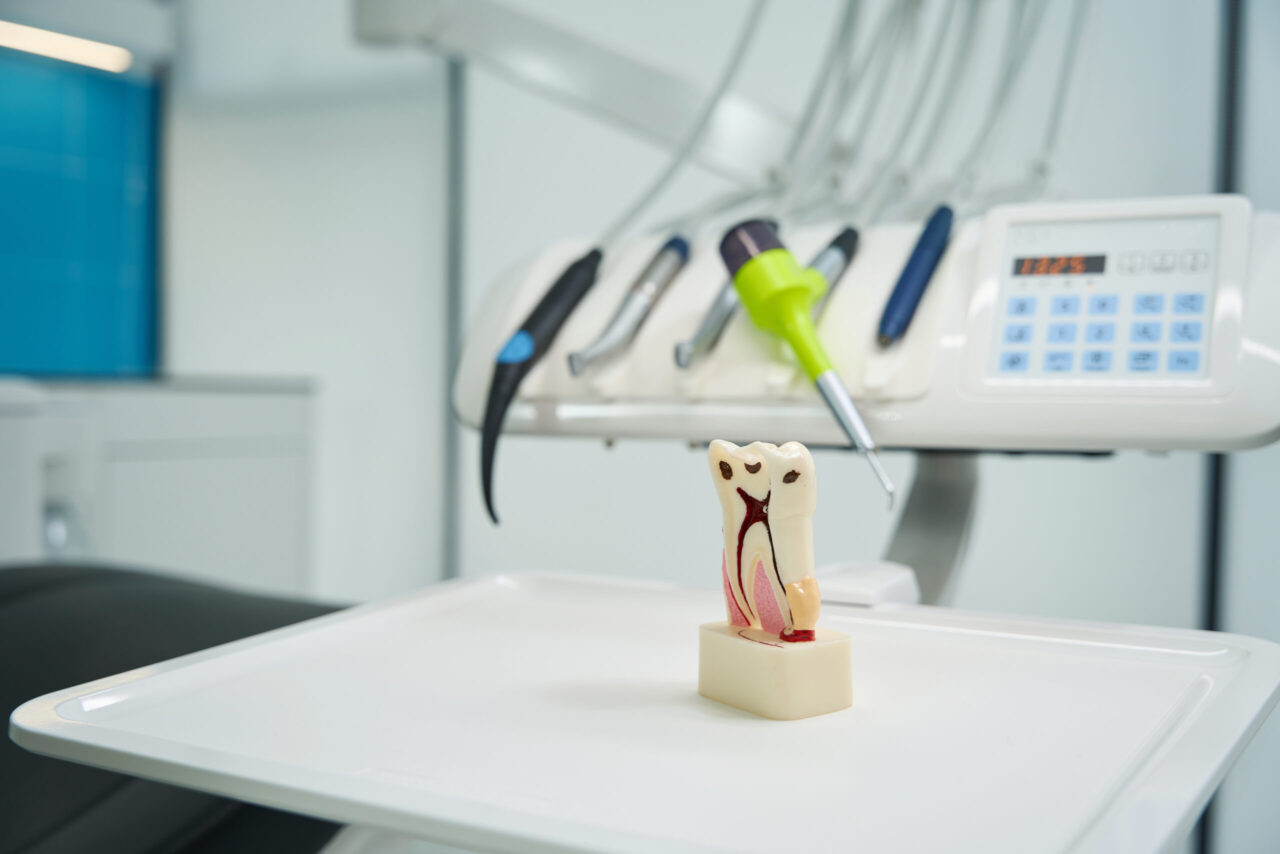This procedure offers more than 95% chance of saving the tooth. To achieve this index, it is necessary to know the anatomy, the nervous physiology and the inflammatory processes. All this, added to the new techniques and anesthesia solutions, makes it possible to treat the canal of the vast majority of patients with total pain control. Talking about root canal treatment can cause goosebumps in some, but it is with this technique that many teeth are prevented from being pulled out of the mouth. Root canal treatment means removing the dental pulp – the living part of the tooth that is inside the root, contains all the vascularization that connects the tooth to the rest of the body. Once the pulp has been damaged, infected or dead, it needs to be removed to prevent infection. The empty space is cleaned and filled.
A study by the University of São Paulo Dental School used computed tomography to show that the vast majority of teeth have numerous canals, some of which are “treatable” and others are not.
According to Professor Celso Caldeira, an endodontist at FOUSP, there is a pattern of the number of roots and canals. “Knowing how many channels each tooth has is an essential condition for the case planning to be carried out adequately as to the number of sessions and the difficulties that will be encountered, remembering that an unfound and untreated channel can inflame or infect,” says Caldeira.


Number of channels per tooth
In the study conducted by FOUSP, among the research participants, the following were observed:
- Upper anterior teeth (front, incisors and canines): have one root and one canal, with rare situations in which two channels are found.
- Lower incisors: have one root and almost 45% have two channels.
- Lower canines: 96% of the cases presented one channel, the rest (4%) had two channels.
- Upper first premolars: have two roots and two channels in more than 95% of cases.
- Lower second premolars: have one root and one channel in 50% of cases. Almost 45% presented two channels.
- Lower premolars: more than 95% have one root and 40% presented two channels.
- Upper molars: almost 100% have three roots and more than half have four channels.
- Lower molars: more than 92% have two roots and three or four channels.
(Via Terra Saúde)























